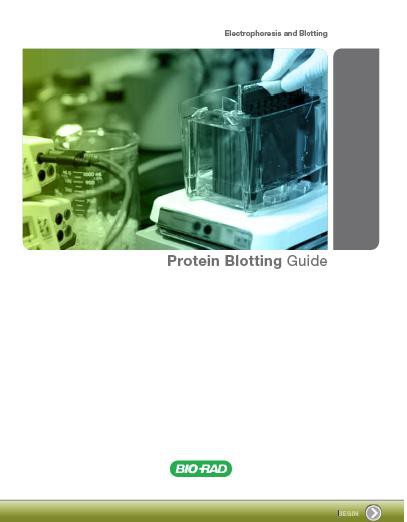Checkout how students from the University of California, Davis demystify the process of electrophoresis using everyone’s favorite comfort food in an intriguing analogy.
Please note that the American Biotechnologist is not responsible for the accuracy of third party YouTube videos. If you have a comment on the video, please write it in the comment section of this post so that it will generate discussion among our scientific colleagues.
Tags: protein electrophoresis
















This is awesome! Love the analogies. Great job!
Thanks for the positive feedback!
Great analogy! Students always perk up at the mention of chocolate. I wish I had one just like this for DNA gel electrophoresis for my freshman level students!
We received the following comment via email from a fellow reader who agreed to have his comment posted anonymously:
My observation is that stacking gel is still about 4% acrylamide (typically), and you could separate proteins with the right equipment using only the 4% in theory. The reason things “stack” is that the relative rate of the small proteins in a 10-20% acrylamide matrix is less than (ish?) that of the largest protein rate moving through the 4% portion. Once the largest catch up, they move slower also, and separation begins. I suppose the quality of stacking depends on how different you can make your matrices, although I’ve found it hard to make less than a 4% gel that holds its form.
In the video, their pictorial of proteins migrating in the stacking gel shows the smallest proteins stationary in the middle of the stacking phase, and only moving as the larger ones reach them, when in fact they all move as described above.